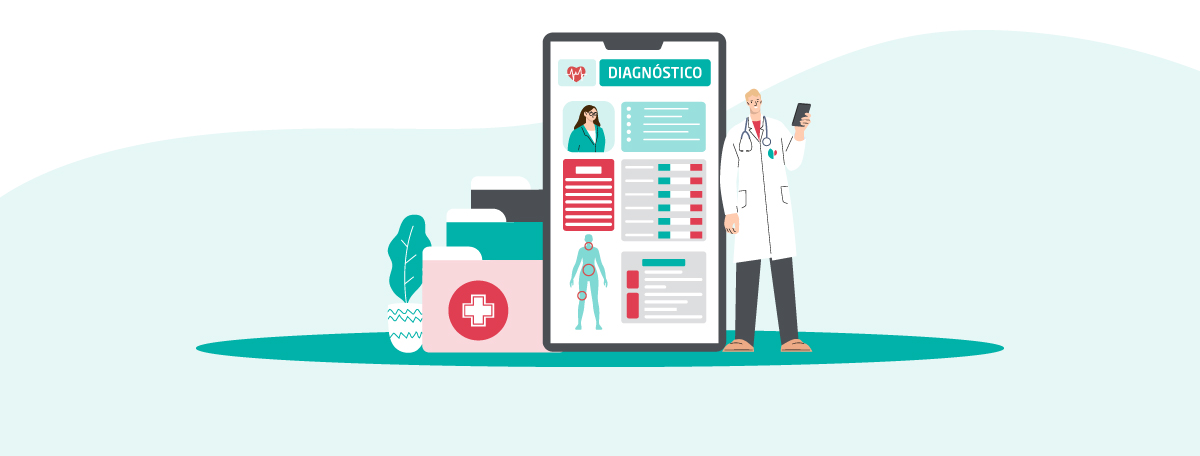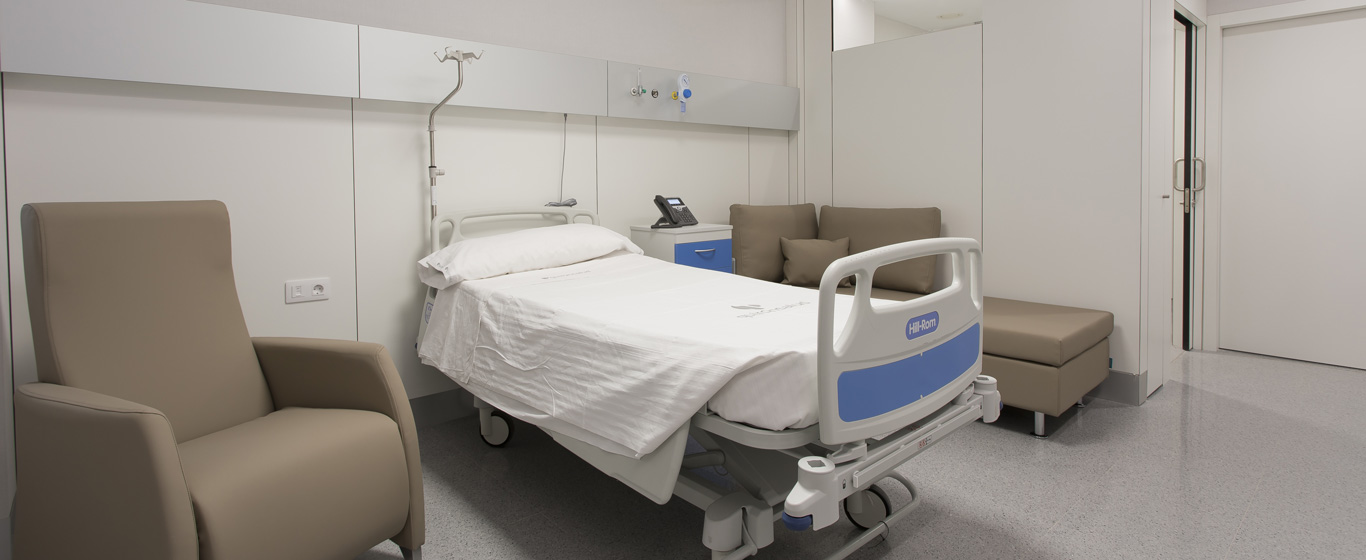Rhinoscopy
Rhinoscopy is a procedure in which the inside of the nasal cavities is directly examined. The examination allows visualization of both the anterior and posterior parts by introducing a nasal speculum through the nose or a laryngeal mirror through the mouth, respectively.

General Description
Rhinoscopy is a visual examination of the interior of the nasal cavities. Depending on the specific area being examined and the technique used, there are two types of rhinoscopy:
- Anterior rhinoscopy: The anterior portion of the nasal cavity is examined, including the mucous membrane, nasal vestibule, inferior turbinate, part of the middle turbinate, the roof of the nasal cavities, and the choanae. A nasal speculum, a mirror, and a light source are used.
- Posterior rhinoscopy: The posterior portion of the nasal cavities is visualized, which includes the tail of the inferior turbinate, the middle turbinate, the superior turbinate, and the vomer. This is performed with a laryngeal mirror and a light source.
When is it indicated?
Rhinoscopy is typically indicated when the patient presents symptoms consistent with a nasal condition, such as nasal bleeding, snoring, nasal obstruction, nasal discharge, or pain in the sinus areas (forehead, cheekbones, or inner eye area).
Rhinoscopy, therefore, helps identify the causes of these symptoms and detect various conditions in the nasal cavities, including:
- Rhinitis: inflammation of the mucous membrane.
- Sinusitis: inflammation of the paranasal sinuses.
- Turbinate hypertrophy: increased volume of the inferior nasal turbinates.
- Adenoid hypertrophy: enlargement of the adenoids (also called vegetations).
- Polyps.
- Cysts or tumors.
- Deviated nasal septum.
- Presence of foreign bodies.
How is it performed?
For anterior rhinoscopy, a nasal speculum is used, a device shaped like a clamp or scissors, whose head consists of two blades that open. The doctor holds a mirror against their forehead and positions themselves in front of the patient so that the mirror is at the level of the patient's nose. A light source is reflected onto the mirror, which is placed in front of the doctor and at eye level with the patient. After directing the light into the nostrils, the speculum is inserted, gradually opening it to separate the nasal wing and allow visual inspection. The procedure is repeated on both nostrils.
In posterior rhinoscopy, the examination is performed through the mouth, so the doctor's mirror is positioned at the patient's mouth level, and the reflected light is directed towards the oropharynx. A laryngeal mirror, a small mirror with a variable diameter attached to a fine metal handle, is used. While holding the patient's tongue with a tongue depressor (a plastic or wooden instrument similar to a spatula), the laryngeal mirror is inserted below the soft palate without touching the lateral or posterior walls. The mirror is moved in various directions to observe the entire posterior area. Before insertion, the mirror must be warmed to prevent fogging during the examination.
Risks
Rhinoscopy carries a small risk of causing slight nasal bleeding or mild irritation in the oropharynx (throat).
Qué esperar de una rinoscopia
Before beginning the rhinoscopy, the doctor performs a visual and tactile examination of the external part of the nose, assessing its morphology and looking for any painful points, deformities, or lesions.
For anterior rhinoscopy, the patient sits with their head upright and mouth closed. They should breathe through their nose. During the procedure, the doctor tilts the patient's head backward to better observe the upper interior of the nasal cavity. If the mucosa is inflamed, a nasal vasoconstrictor (a decongestant) is applied topically. The examination may be uncomfortable but is not a painful procedure.
During posterior rhinoscopy, the patient is seated with their head slightly forward and mouth open. Due to the tongue depressor or laryngeal mirror, the patient may feel nauseous or gag. If this occurs, a topical anesthetic is applied to the oropharynx and tongue to prevent these sensations.
Both procedures are outpatient procedures that last between 5 and 10 minutes. Once completed, the patient can leave as normal.
Specialties in which rhinoscopy is requested
Rhinoscopy is requested in the field of otolaryngology.
How to prepare
No special preparation is required for rhinoscopy, although it may be advisable to clean the nasal cavities with saline solution to facilitate the examination.






































































































